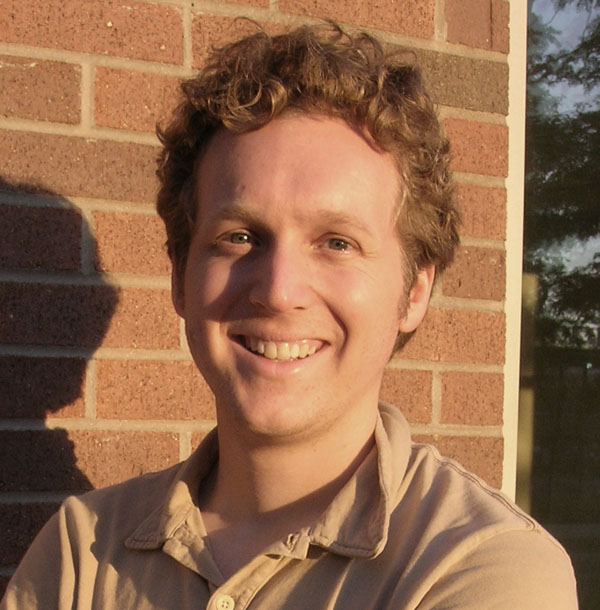Natural Interactions with Digital Content
 David Merrill , MIT Media Lab
David Merrill , MIT Media Lab
dmerrill![]() media.mit.edu
media.mit.edu
Seminar on People, Computers,
and Design
Stanford University October 3, 2008
The graphical user interface has become the de facto metaphor for most of our diverse activities using computers, yet the desktop environment provides a one size fits all interaction. Tangible and ubiquitous computing research, along with recent consumer products such as the Wii and the iPhone, suggest an opportunity to enable more compelling and natural interactions through the co-design of sensing hardware, software algorithms, and physical form. For the computer to realize its potential as a tool that significantly extends our intellectual and expressive abilities, new interaction techniques must call upon our bodily abilities to manipulate objects and must be more usable in our everyday physical environment. Furthermore, the technology enabling these techniques will increasingly need to bridge the boundaries of traditional research specializations
In this talk, I will begin with an overview of my research on a number of novel platforms for accessing and manipulating digital content. These systems use expressive gesture and visual attention as inputs, explore multi-user interaction, and leverage our understanding of physical materials. I will focus on my most ambitious project and Ph.D. topic, Siftables, a tangible interaction platform that gives physical embodiment to information and digital media items. The system utilizes sensing, graphical display, embedded computation and wireless communication to free interactions with digital content from the desktop environment. Siftables points the way toward a new generation of interactive tools that bend to our needs, rather than bending us to meet their limitations.
![]()
David Merrill recently defended his Ph.D. at the MIT Media Lab, where he works with professor Pattie Maes in the Ambient Intelligence Group. He holds a masters degree in Computer Science (advised by Terry Winograd) and a bachelors in Symbolic Systems from Stanford. David's research is focused on physical interfaces and ubiquitous computing. His work has produced novel interaction techniques for music and digital sound that leverage existing knowledge and expressive gestures, systems for mobile, attention-sensitive browsing of information in the physical world, and the first general-purpose, distributed, inch-scale tangible user interface platform. He has lectured in computer science at Stanford and led music controller design workshops at the MIT Media Lab. David was a Mayfield fellow in 2001, and has been awarded graduate fellowships from Motorola (2005, 2006) and Samsung (2007). He is a member of IEEE, ACM SIGCHI and ACM SIGGRAPH.
![]()
View this talk on line at CS547 on Stanford OnLine or using this video link.
Titles and abstracts for previous years are available by year and by speaker.